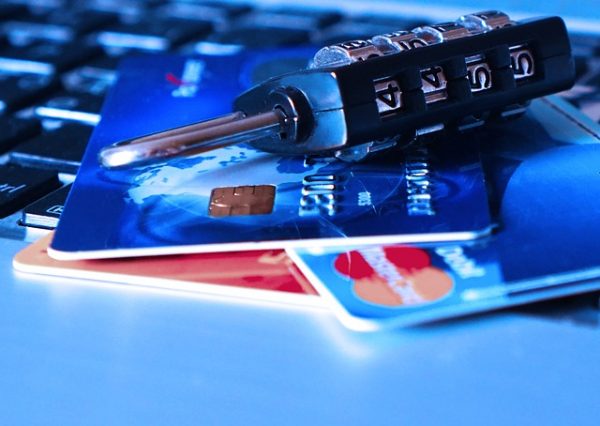Think Twice Before Donating Online
Donating Online From a Security Perspective
Have you ever made a donation? It’s a good feeling to have when we try to help somebody out. Based on the National Philanthropic Trust Organization’s data, Americans gave $358.38 billion in 2014, and it continues to increase yearly. We usually donate physically in a store, school, or at work, but the internet has made people’s donating online a lot easier. However, we should take some precautions before we make these donations.
Although not as large as Kickstarter.com or GoFundMe.com, it’s pretty simple to make a website to receive funding. Communities can create a website to donate to schools. Families can make a site to receive donations to pay for the funeral costs for the death of a loved one. With a giving heart, we usually donate a few bucks to help them out. But, we really should think twice before donating online.
According to Bloomberg, Bank of America spent over $400 million in 2014 to protect their online customers. Large corporations have their own security team to protect their websites, but what about the smaller companies that help people? Clearly, a school does not have $400 million to protect their donation website from web attacks. A person asking for money is not likely to put money into security for their website.
Although donating online can be a simple and efficient way to help somebody out, it has some negative consequences if it is done negligently. Would you give your wallet full of cash to a bank that’s not protected? Donating money to an unprotected website can not only take away your money, but your personal information can be leaked as well. Your personal information like your name, address, and phone number, but also your credit card information and bank account information can all be consequentially leaked.
I’m not saying do not donate online completely. Donation websites are for a good cause. If you really want to donate for a certain cause, there are safety measures you can take to avoid any dangers.
1. Make Sure It Is a Trusted Organization or a Someone You Know Personally
There are many fraudulent donation campaigns to make a quick profit and run, so make sure it is genuine. Verify their address or phone number if it looks suspicious.
2. Check the URL Box and See If It Says “https”
The extra ‘s’ stands for ‘secure,’ and when you deal with money or personal information, it should always be secure. Another tip is to check if there is a “lock” icon on your browser. This lock can be located next to the URL. By clicking it, you will get more information about the security of that webpage. An advantage for Google Chrome users is that the locks have different colors. A green lock means that it has an EV certificate which can be quite expensive but well-secured, while a red lock may show that it may have failed some verification process.
3. Send a Message to the Website Administrator
Ask if the website is secured with a web application firewall. Website protection solutions like Cloudbric provide comprehensive website protection for free up to 4GB traffic usage, which makes it more than enough for donation sites to be fully protected without paying a penny.
This blog post was originally featured on cloudbric.com. Visit their blog for more insight, news, and accessible information on web threats and trends. If you would like to learn more about Cloudbric’s logic-based WAF service, please contact info@cloudbric.com.
